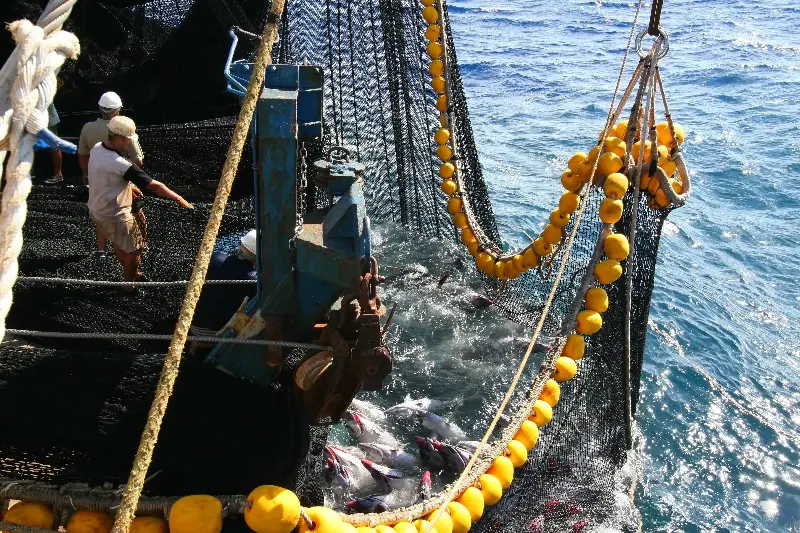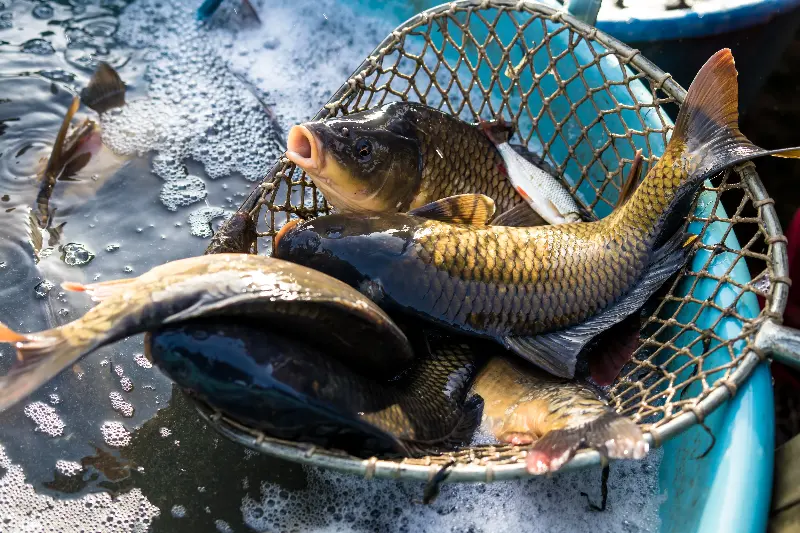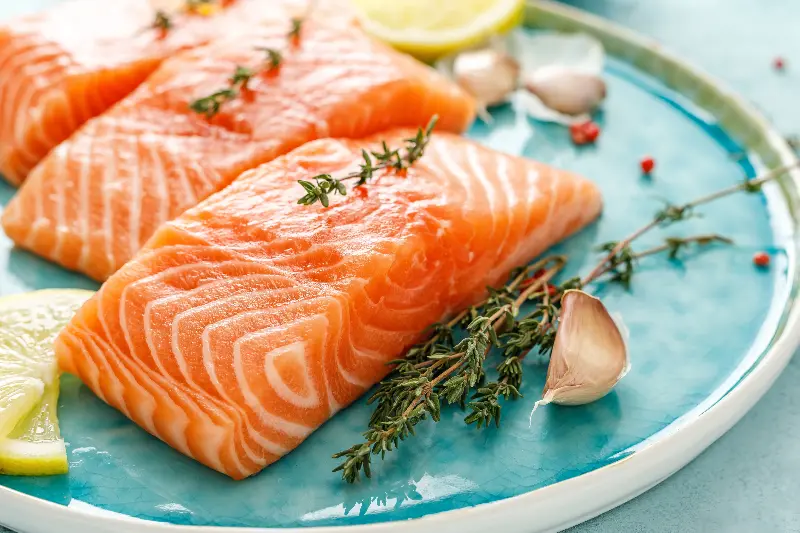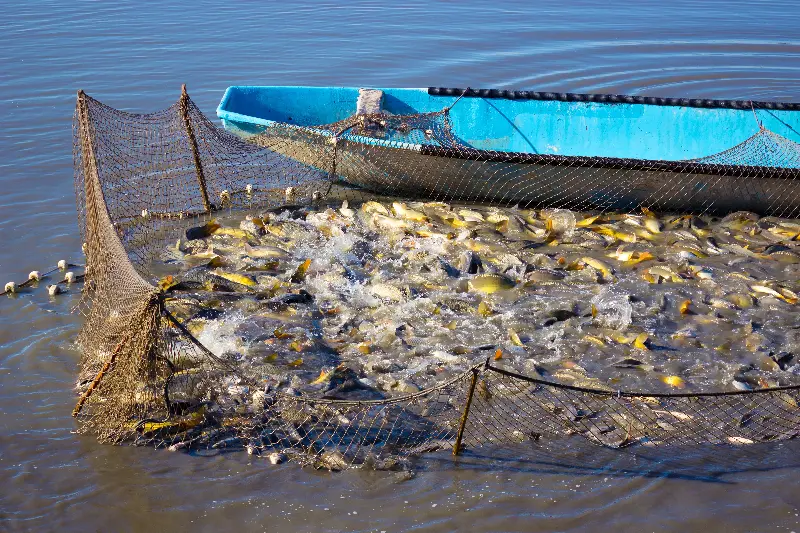Seafood is renowned around the globe for its flavour, versatility, and impressive nutritional profile. Whether you’re savouring a sushi platter in Tokyo, enjoying a grilled sea bass in Barcelona, or treating yourself to classic British fish and chips, one question often bubbles beneath the surface – is your seafood farm raised or wild caught, and which one is better? The journey from ocean to table is filled with fascinating processes, and understanding the difference can help you make tastier, healthier, and more sustainable decisions the next time you’re at the seafood counter.

What Sets Farm Raised And Wild Caught Apart
At its core, the distinction between farm raised and wild caught seafood comes down to where the fish or shellfish has lived its life. Wild caught seafood is exactly what it sounds like: fish or shellfish captured in their natural environments, such as oceans, rivers, and lakes. On the other hand, farm raised (or aquaculture) seafood is bred and grown in controlled environments, like tanks or enclosures within ponds and coastal waters.
The wild caught method has been the norm for centuries, with generations of fishers setting out to harvest the catch of the day. However, global demand for seafood has soared, and many wild fish populations are under pressure. Aquaculture has stepped up as a solution, now supplying more than half of all seafood consumed worldwide according to the Food and Agriculture Organisation of the United Nations.

Taste And Texture: Does The Origin Matter?
For many food lovers, flavour and texture are non-negotiable. Wild caught fish often have a more varied diet and lead an active lifestyle, which can influence their taste and consistency. For instance, wild salmon typically boasts a deeper orange colour and firmer flesh, attributed to its natural diet and constant swimming against currents. Gourmets often claim that wild caught species offer a more complex and authentic flavour.
Farm raised seafood, while sometimes milder and fattier, brings its own set of culinary strengths. Farm raised salmon, for example, is prized for its soft, buttery texture and consistent taste, which suits certain recipes particularly well. The controlled diet and environment help deliver a dependable product, which many chefs appreciate.
The verdict: choosing between wild caught and farm raised can depend largely on personal preference and the dish in question. Sometimes that rich farmed fattiness is exactly what the recipe needs, while other times the nuanced flavour of wild fish is what you crave.

Nutritional Value: Who’s The Healthier Catch?
Seafood is celebrated as a powerhouse of lean protein, heart-healthy omega-3 fatty acids, vitamins and minerals. But does it matter if your fish is wild or farmed? The answer is not quite black and white.
Wild fish often have slightly lower fat content and higher omega-3s relative to their total fat. This is especially observable in fish like salmon or trout. Wild fish, living on a variable diet and constantly on the move, naturally accumulate more omega-3s. Moreover, they may have fewer calories per serving than their farmed counterparts.
Farm raised fish, carefully fed a balanced, nutrient-rich diet, can end up with higher total fat levels. Some farm raised fish actually have higher absolute omega-3 content than wild caught, simply because their overall fat is higher. However, they may have a different nutrient spectrum, potentially containing more omega-6 fatty acids, which could shift the ideal dietary balance for some people.
For lovers of shellfish, farmed varieties such as mussels and oysters can be just as, if not more, nutritious, often boasting higher levels of vitamins and minerals due to their controlled environment.
Environmental Impact: Which Is Kinder To Nature?
Sustainability has become a core concern of seafood lovers and environmentalists alike. The pressure on the world’s oceans from overfishing is significant – some wild fish populations have declined drastically. Wild caught seafood, if managed poorly or sourced from vulnerable regions, can contribute to habitat destruction and species endangerment.
Responsible aquaculture offers a promising alternative. Well-managed fish farms can produce large volumes of seafood with a smaller environmental footprint. Technological advancements in sustainable aquaculture have led to improvements in feed efficiency, water recycling, and disease control. In contrast, poorly managed farms may cause water pollution, disease outbreaks, or threaten wild fish with escapees and genetic mixing.
The key, whether choosing wild or farmed, is seeking out sustainable sources. Look for certifications like the Marine Stewardship Council (MSC) for wild seafood or the Aquaculture Stewardship Council (ASC) for farmed varieties. Your choices can help support ocean health and responsible farming practices.

Price, Availability, And Ethical Choices
Farm raised seafood frequently comes at a lower price, is more readily available year-round, and provides dependable servings free from seasonal fluctuations. For consumers, this means more choice and affordability at the shop or restaurant.
Wild caught seafood, often considered a rarer treat, may cost more due to limited catch seasons, transportation, and smaller yields. Some consumers prioritise the ethical aspect, choosing wild fish for perceived naturalness or farmed seafood for its role in protecting wild populations.
Making a responsible choice is easier than ever, thanks to improved labelling, traceability programmes, and third-party certifications. Don't hesitate to ask your fishmonger or look for information on packaging. Supporting local fisheries or farms where possible can also help reduce your meal’s carbon footprint.
Ultimately, whether you opt for wild caught or farm raised seafood, both can be outstanding choices when selected with care. Delving a little deeper into where your fish came from not only contributes to your dining experience but also helps support healthier oceans and communities worldwide. So next time you order your favourite seafood dish, you’ll know the remarkable journey it made from ocean — or farm — to table.
